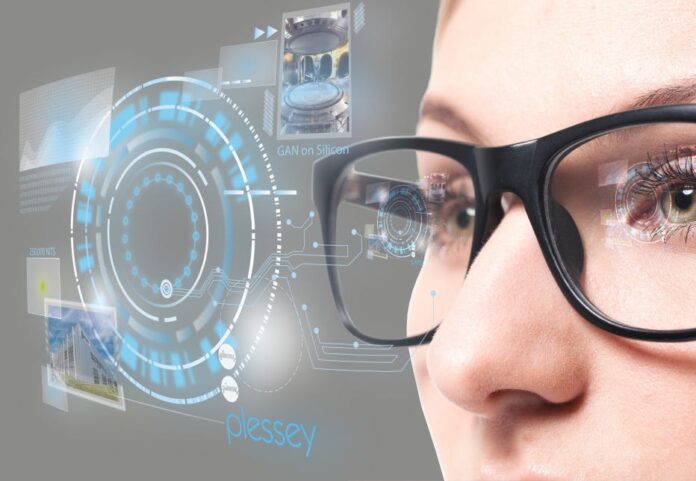I wear hearing aids. They work with Bluetooth and connect to my smartphone, a Google Pixel 7a. Recently I added an artificial intelligence (AI) app to the phone to see if I can use some of its capabilities to enhance my hearing experiences. It’s early on so you’ll have to wait a bit for me to report about this in a future posting.
Smart Wearables and AI
In surveying smart wearables, four different types come to mind where integrated AI could prove advantageous. They are:
- Smartwatches: My wife wears a Samsung watch. It tracks her heart rate, and level of activity during the day, provides phone, text, and email notifications, and tells her when she has been sitting too long. It isn’t as smart as it can be so adding AI might stop it from telling her to get up and move when we are on a long car drive. Smartwatches do electrocardiograms, blood pressure and other vital signs. They can tell if a person has fallen or needs help. It can summon emergency responders and provide precise location information. With AI the watch will understand and respond to voice commands, prioritize incoming messages, provide voice and screen reminders, and tailor its responses to wearer preferences.
- Fitness trackers: I have a FitBit but I don’t wear it anymore. The FitBit was one of the first branded fitness trackers. Today, it is part of Google with features incorporated into Google’s smartwatches. Fitness trackers were invented to track the physical activity of wearers. The most common application was counting steps. Today, they are far more sophisticated having evolved into personal wellness devices. Adding AI to trackers will make them even more personal. They will not just track but suggest exercises and even provide video examples for the wearer to watch. AI fitness trackers will expand the wearer’s exercise regime based on measured progress. The tracker will recommend changes to diet and other personal habits to achieve better health. It will detect subtle changes in health that could lead to serious complications, alert the wearer, and even summon help if the wearer is in crisis.
- Smart glasses: Remember Google Glass. It was the first augmented reality device that looked more like glasses and less like the swim-mask models used for virtual reality gaming experiences. Smart glasses are worn like normal glasses. What is added are built-in cameras, sensors, processors and wireless connectivity. Smart glasses see what a wearer sees and overlay sensed digitized information from surroundings placing it in the visual field. Adding AI to smart glasses makes augmented reality more powerful. Wearers will be able to ask the glasses questions about what is being viewed. The glasses will translate foreign language signs and instructions and even recognize in context what needs to be done to fill out a form or application. Smart glasses may even help you assemble IKEA furniture. They will help wearers to navigate through buildings or find the right path to a destination. AI smart glasses will be a combination of navigator, tour guide, record keeper, and advisor. For people who suffer from vision-limiting conditions or who are blind, smart glasses with AI will be a life changer.
- Smart clothing: Today one can buy clothing with incorporated sensors. The sensors can measure the temperature and humidity in the surroundings and adjust to make the wearer more comfortable. Smart clothing like smartwatches and fitness trackers can monitor activity and vital signs. But add AI and a whole new world opens up. Now the clothing can adapt to the movement patterns of the wearer, alter appearance to complement other items being worn and incorporate fall detection, location tracking, and emergency alerts. The clothing can even respond to touch, voice commands, or gestures.
Where AI Smart Wearables Will Be Used
Peter Diamandis, whose shared e-mail blasts appear on this blog site occasionally, has described the potential for AI-added smart wearables to impact work. He sees the following fields as the ones most likely to be early adopters.
Healthcare wearable AI will continuously monitor vital signs, be used for early disease detection, and help in the administration of personalized treatment plans.
Education wearable AI will provide students and teachers with real-time feedback, personalized learning experiences and instantaneous language translation.
Sports wearable AI will do the same as in education orivu in terms of instantaneous feedback, and assist in tracking exercise and fitness programs.
Military wearable AI will track and provide instant feedback during training exercises and on the battlefield, acting as an extra set of eyes to identify where enemy weaknesses exist, whether in training exercises or on battlefields.
















